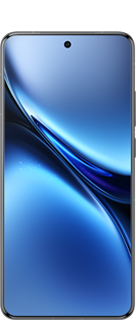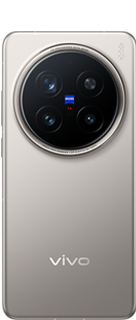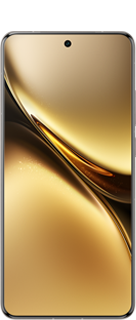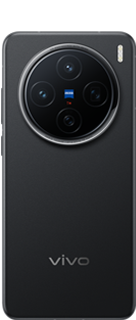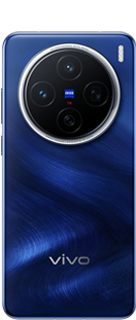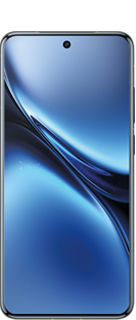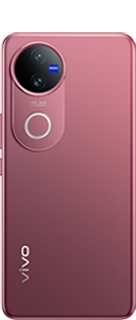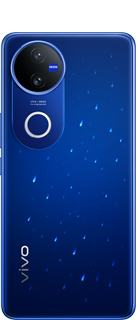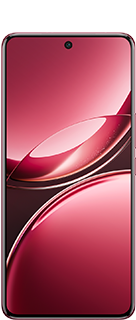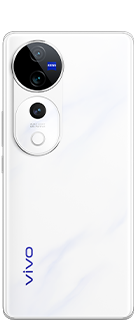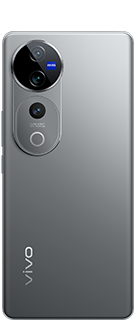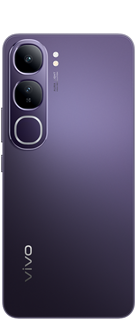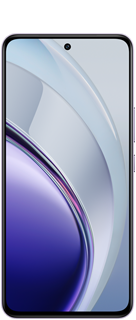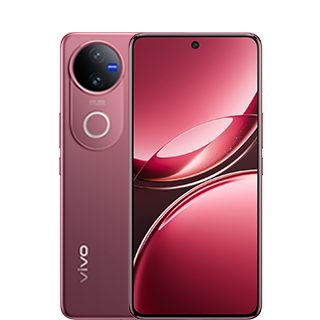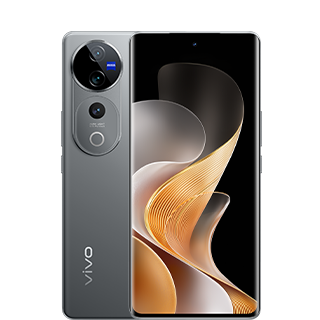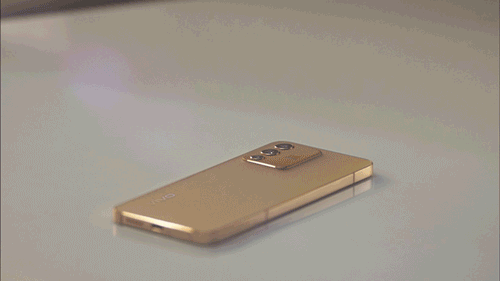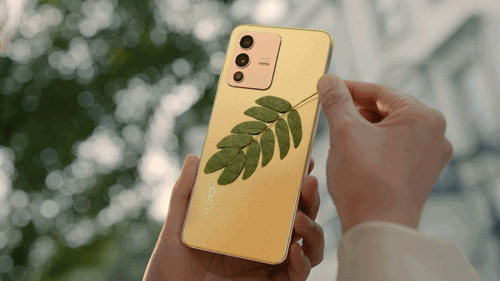
It is often argued that achieving convenience in the digital era comes at a cost - lower security. At vivo, we refuse to make this trade-off. Combining innovative fingerprint scanning technology and clever, elegant design, in 2021 vivo launched its first smartphone with 3D Ultrasonic Large Fingerprint Sensor technology, bringing advanced security, convenience, and new levels of personalization to users.
This feature builds on years of pioneering innovation. vivo developed the first mass-produced in-display fingerprint recognition technology in 2018, breaking away from the conventional fingerprint scanners at the time, which featured sensors on the side or the back of the device. This clever design worked with the growing trend of larger and larger screens, without disrupting the experience. Today, vivo continues the user-centred approach to introducing new features, including the launch of the world’s first foldable phone with 3D Ultrasonic Dual-Screen Fingerprint Sensors, the X Fold, which has fingerprint sensors on the inner and outer screens for easy access.
Elegantly Designed for Convenience
The average smartphone user unlocks their phone quite frequently throughout the day, so vivo leverages clever design inside and out to make the experience convenient, simple, and tailored to the preferences of each user. Following our design principle of elegance, each touch point, both in terms of hardware and software, has been carefully crafted to allow for intuitive interaction and opportunities for users to express their individuality through enhanced personalization.
vivo’s 3D Ultrasonic Large Fingerprint Sensor has a notably larger scanning surface area, allowing for a flexible unlocking experience. The set-up process is immediate as the large reading area can almost instantly collect the required amount of biometric information for the fingerprint unlocking process. Users can set up fingerprint unlocking by simply pressing the display once, saving them minutes of waiting and tapping onto the sensor.
Once the fingerprint is set up, the sensor will deliver one of the fastest unlocking experiences in the mobile industry, at just 0.2 seconds*. The sensor also offers high-performance, even in extreme conditions, such as bright sunny outdoors or late evenings with low light exposure. Moreover, whether you have wet hands, oily or dusty fingers, vivo’s 3D Ultrasonic Large Fingerprint Sensor technology will continue to have a high success rate of unlocking.
The fingerprint scanning area situated under the display has been moved upward to achieve a more ergonomic design. In addition, the large area can now be split into three. Each of the two additional area unlocks the smartphone in a different mode based on the user’s choice. The user can choose two applications to appear directly on the lock screen and is also able to choose the layout in which they appear. Finally, the chosen applications can be launched directly from the lock screen, for the user’s ultimate convenience.


Advanced Security in One Touch
The fingerprint scanning authentication method has significant advantages over other security systems, but most importantly, it does not require users to memorize different passwords or login information. This also means that the fingerprint recognition technology used must be very reliable and accurate.
The vivo ultrasonic sensor meets high security standards, rejecting imposter photos and fingerprint molds.
It uses technological advances and ultrasonic waves to scan 3D features, capturing your finger’s ridges, valleys, and pores to generate a deeply accurate 3D image.
The feature is designed to allow for multiple levels of security. Users can set up a two-fingerprint authentication process, ensuring safe access to chosen apps such as payment apps, social media, or their personal media gallery, a solution that’s been carefully crafted with the user needs in mind.
*All data is based on our technical design parameters, laboratory test results and supplier test data. Actual performance may vary depending on software version, specific test environment and phone model.

